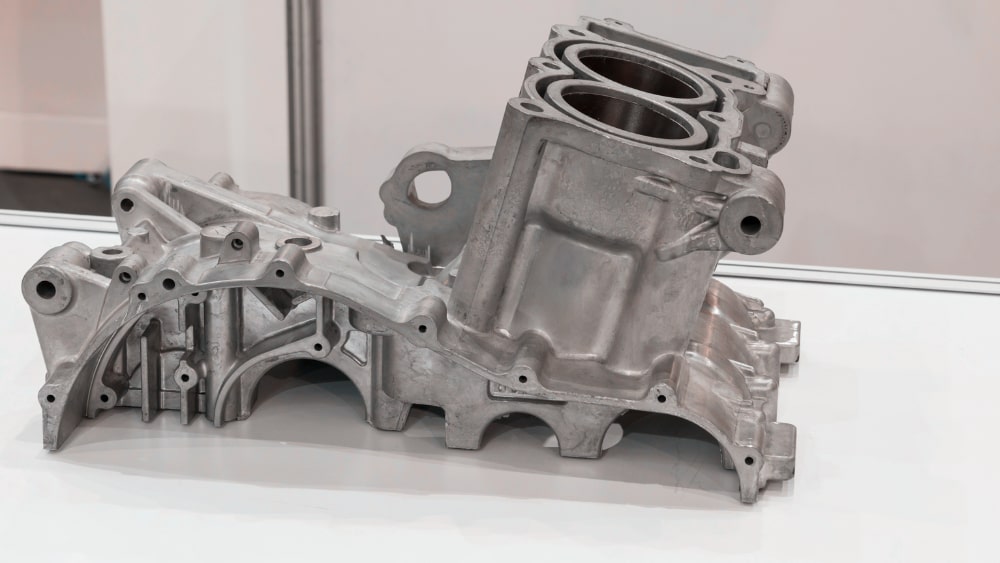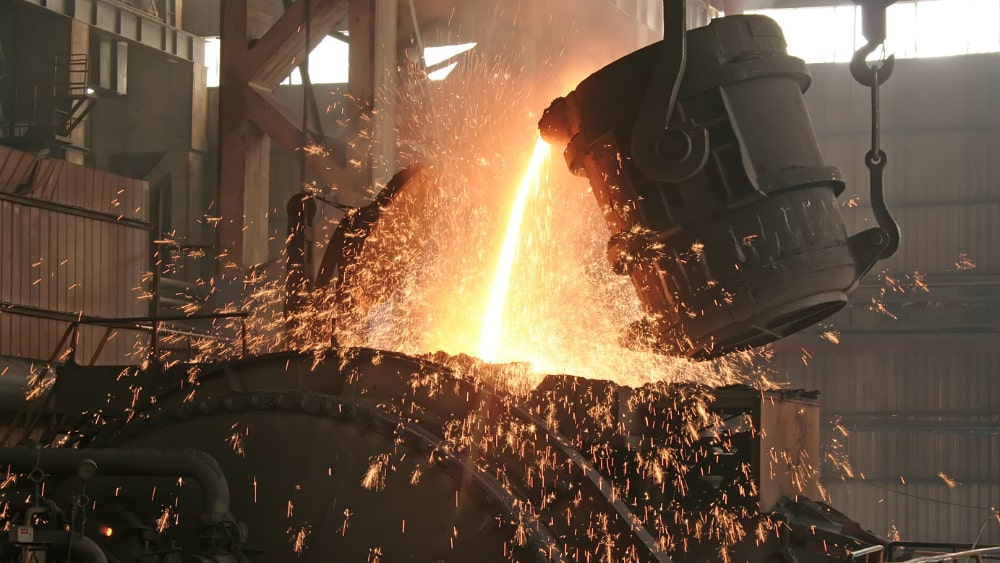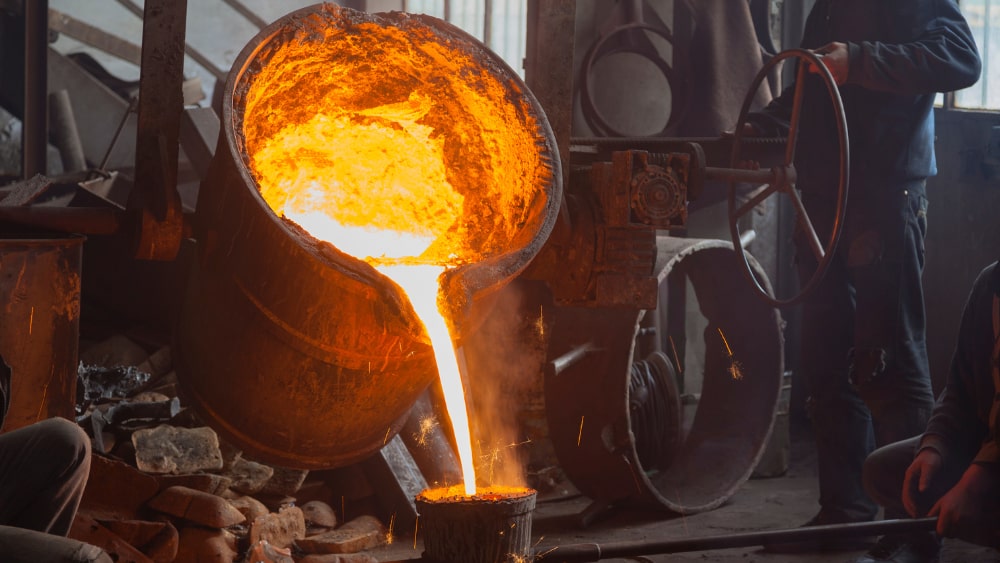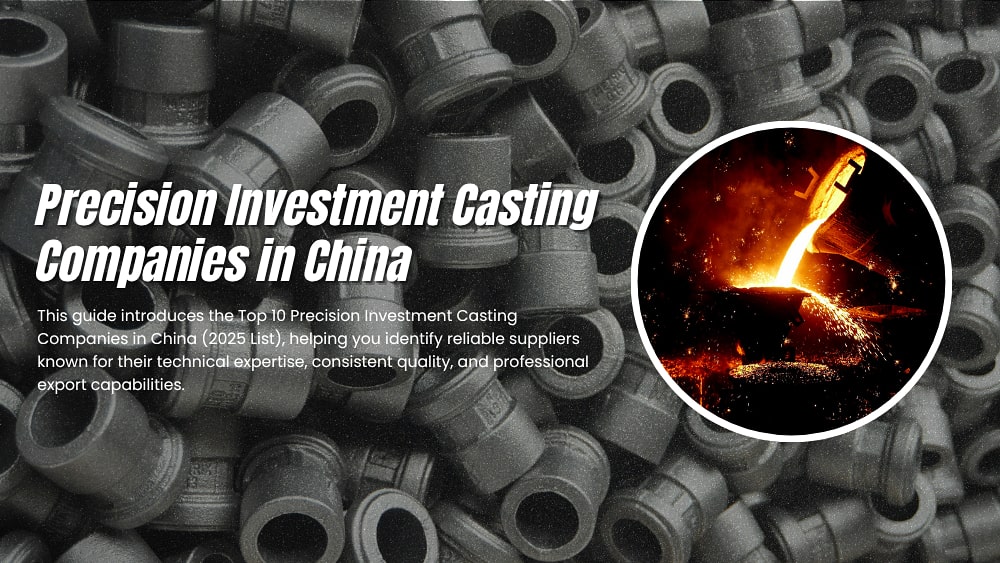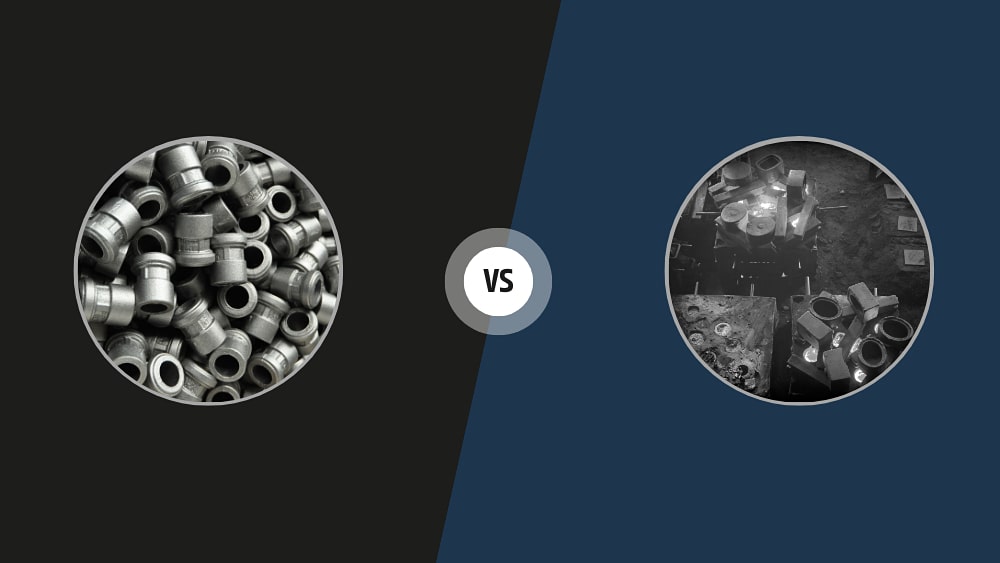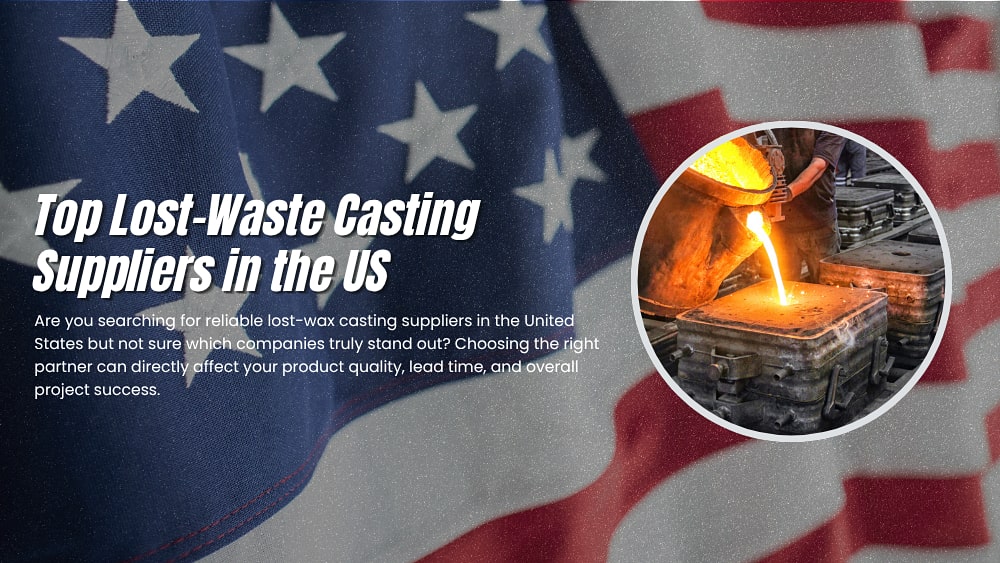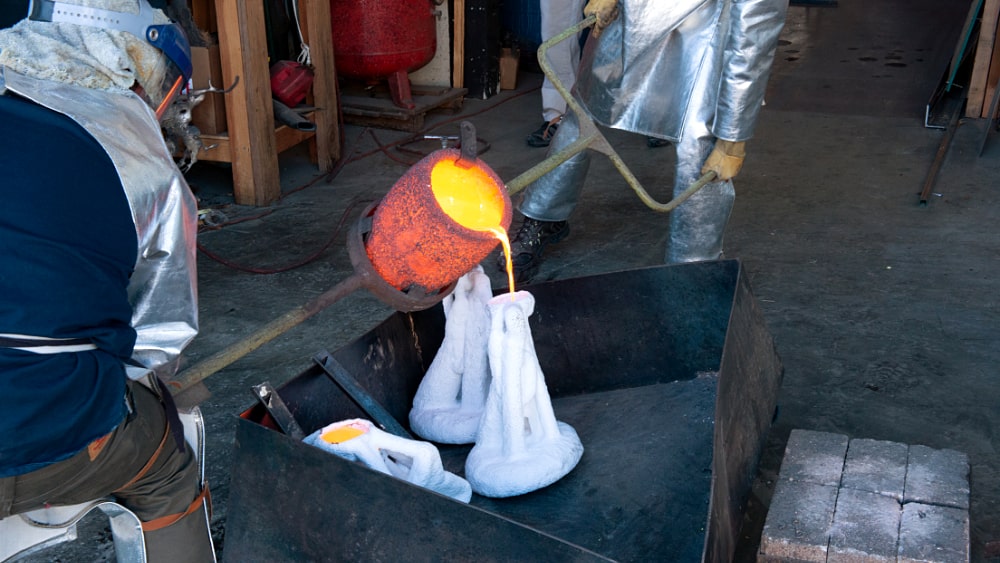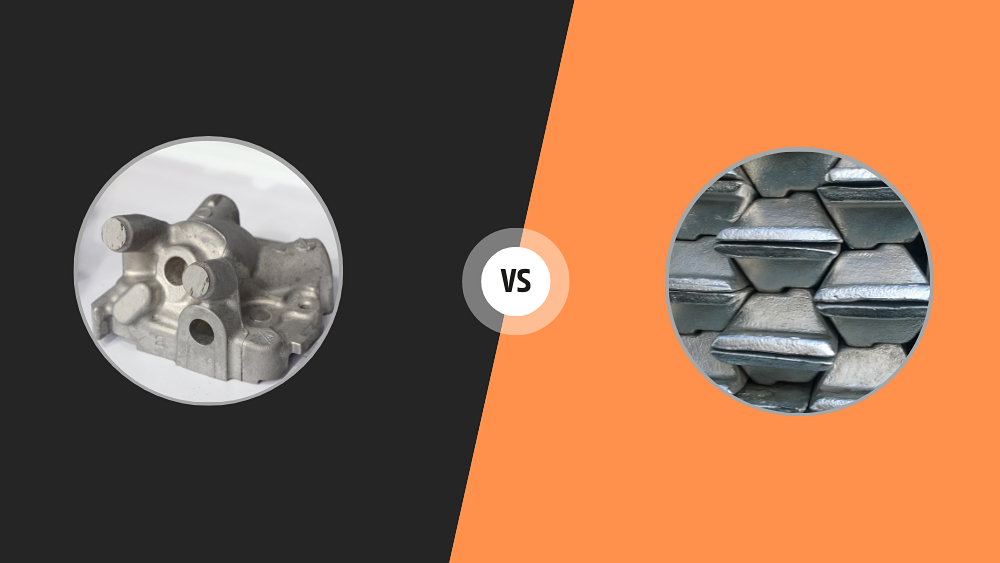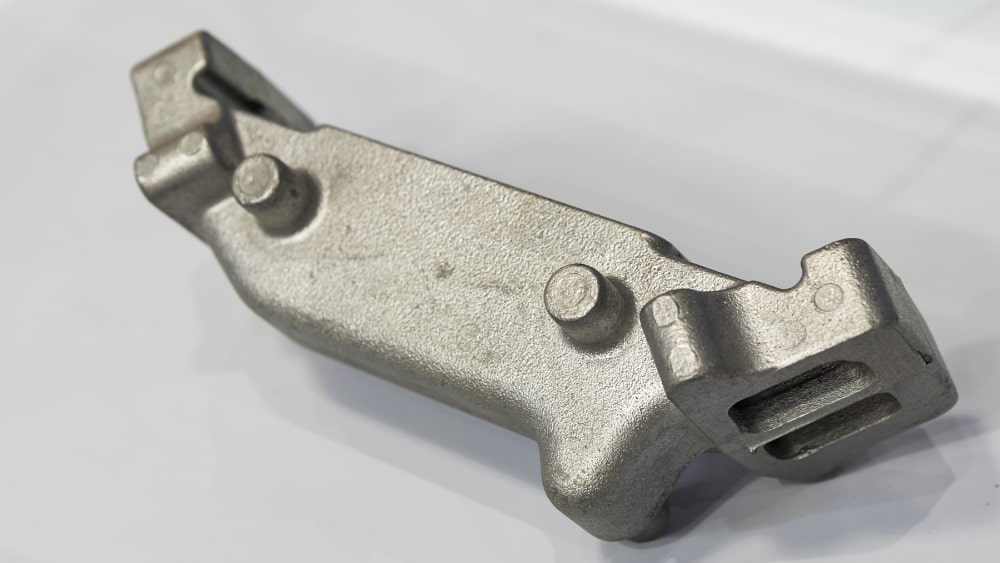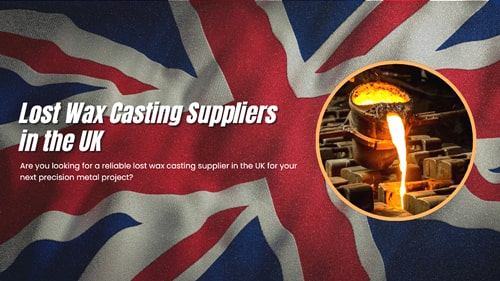Lost wax casting, also known as investment casting, is one of the most widely used techniques in jewelry manufacturing. It allows jewelers to create intricate and precise metal pieces by forming a wax model, encasing it in a mold, and then replacing the wax with molten metal. Each step in this process requires specific tools and equipment to ensure accuracy, consistency, and high-quality results. Understanding the essential tools used in jewelry lost wax casting helps both beginners and professionals achieve smooth workflows and flawless finished products.
Tool 1: Wax Carving Tools
Wax carving tools are essential for shaping and detailing the wax model, which serves as the master for the final jewelry piece. Available in various shapes—flat, curved, pointed—they allow artisans to create intricate designs, engravings, and surface textures. High-quality stainless-steel carving tools ensure smooth cuts and minimize wax surface damage, which is critical for achieving fine-quality metal castings. These tools are indispensable in every jewelry wax modeling workshop.
Tool 2: Wax Pen (Electric Wax Carving Pen)
A wax pen, also called an electric wax carving pen, provides precise heat control for sculpting, joining, and repairing wax models. Adjustable temperature settings allow jewelers to melt wax just enough to modify details or attach sprues without deforming the design. It’s a must-have tool in professional jewelry casting workshops for fine-tuning wax models during the lost wax process.
Tool 3: Wax Injector
The wax injector is used to inject molten wax into rubber molds under controlled pressure and temperature. This machine ensures that wax patterns are uniform, bubble-free, and dimensionally accurate—ideal for mass-producing identical jewelry components such as rings, pendants, and earrings. A good wax injection system improves both productivity and consistency in jewelry casting production.
Tool 4: Sprue Former (Wax Sprue Rods)
Sprue formers are used to connect individual wax models to the main wax tree, forming channels for molten metal to flow during casting. Typically made of wax rods, they are heated slightly and attached to the wax model. Proper sprue design improves metal flow, minimizes air entrapment, and ensures complete filling of the jewelry mold cavity.
Tool 5: Casting Flask
A casting flask is a cylindrical metal container used to hold the wax tree and investment plaster. It forms the mold cavity for metal casting once the wax has been burned out. Stainless-steel flasks of different diameters are chosen based on jewelry size and production volume, making them a vital component of the investment casting setup.
Tool 6: Vacuum Mixer
A vacuum mixer is designed to blend investment powder and water while removing air bubbles from the mixture. This ensures a dense, defect-free mold. Air bubbles can lead to casting defects such as pinholes and surface irregularities. Therefore, vacuum mixing is essential for producing smooth and accurate jewelry castings.
Tool 7: Burnout Furnace
The burnout furnace is used to heat the investment flasks and melt away the wax, creating a hollow cavity for the molten metal. Precise temperature control (usually between 650°C and 800°C) is crucial to fully eliminate wax residues and harden the investment mold. This step determines the surface quality and detail accuracy of the final jewelry piece.
Tool 8: Centrifugal or Vacuum Casting Machine
The casting machine is the heart of the lost wax casting process. Centrifugal casting machines use rotational force to push molten metal into the mold, while vacuum casting machines use suction to draw the metal evenly into fine details. Both systems are designed to minimize porosity and ensure high-quality jewelry castings with excellent surface finish and structural integrity.
Tool 9: Metal Melting Furnace
The metal melting furnace heats gold, silver, platinum, or other alloys to their melting point before pouring. Induction or resistance furnaces provide controlled heating, maintaining metal purity and preventing oxidation. Reliable furnaces with accurate temperature control are essential for achieving consistent casting quality and color tone.
Tool 10: Cooling Tank
After casting, the hot investment flask is immersed in a cooling water tank to break down the investment and reveal the metal castings. Cooling tanks are made from stainless steel and equipped with protective covers to ensure operator safety. This step is crucial for safely removing jewelry castings from molds without damage.
Tool 11: Ultrasonic Cleaner
Ultrasonic cleaning machines use high-frequency sound waves to remove investment residues and oxidation from jewelry surfaces. They provide deep cleaning in areas that are difficult to reach manually. Ultrasonic cleaners are indispensable for achieving clean, polished surfaces before the jewelry polishing process.
Tool 12: Polishing Machine and Compounds
A polishing machine removes roughness and enhances shine on metal jewelry. Combined with polishing compounds, buffing wheels, and sandpapers of various grits, it refines surfaces to a mirror finish. The polishing stage is where the jewelry’s final brilliance and aesthetic appeal are achieved, completing the lost wax casting process.
Tool 13: Setting and Finishing Tools
These include pliers, magnifiers, gravers, needle files, and sandpapers. They are used for final finishing, edge smoothing, and gemstone setting. Skilled jewelers rely on these precision tools to ensure every cast piece meets design standards and client expectations. Quality finishing tools directly influence the craftsmanship level of the final jewelry product.
Conclusion
The jewelry lost wax casting process combines art and engineering, turning detailed wax models into beautifully crafted metal pieces. Each tool — from carving instruments to polishing machines — plays a critical role in ensuring precision and surface perfection. Mastering the proper use of these essential tools not only improves casting quality but also enhances the efficiency of production. By gaining a solid understanding of the equipment involved, jewelers can achieve consistent, professional results in every casting project.


